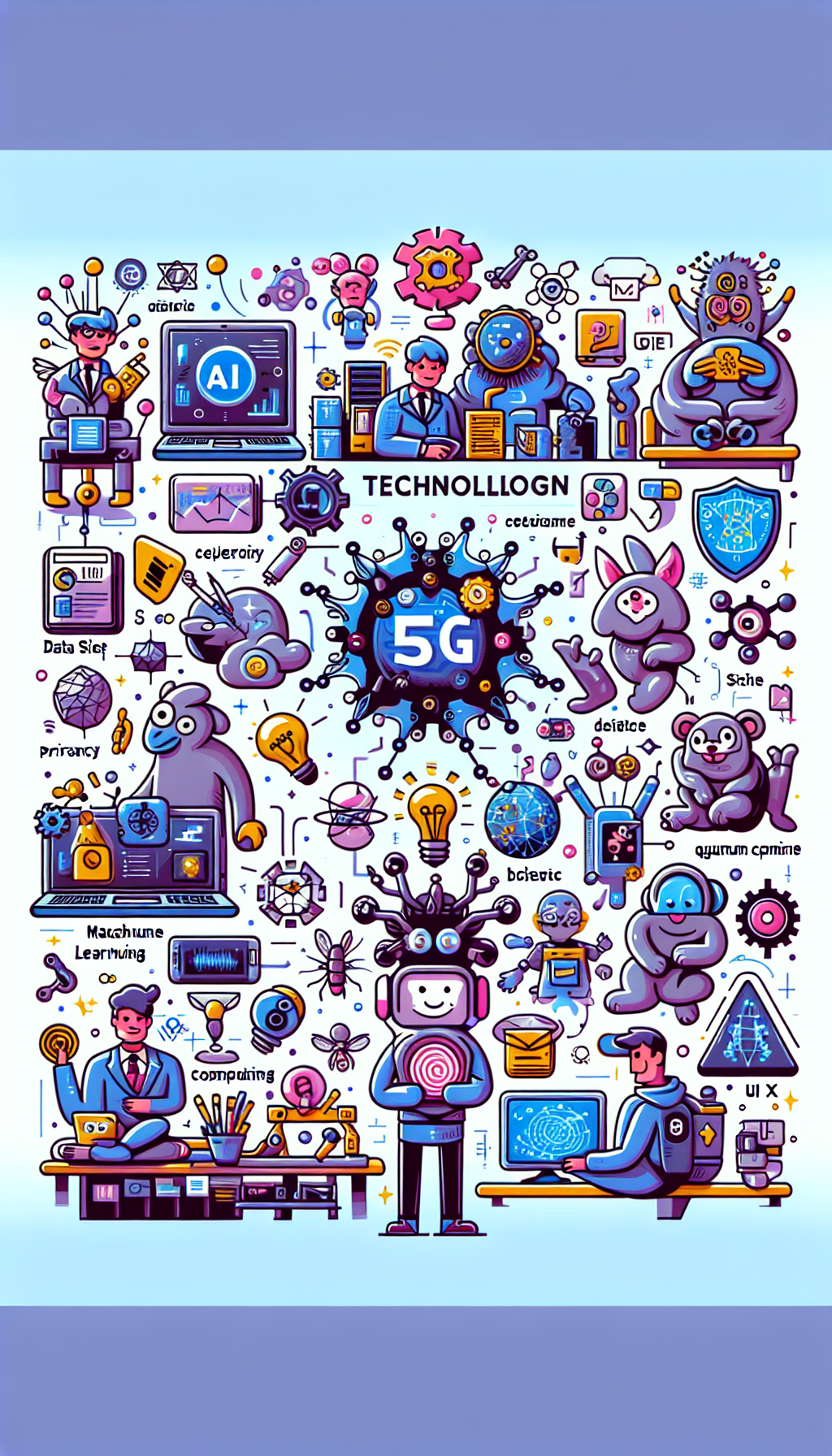The Evolution of Cybersecurity in the Age of 5G and AI
As technology continues to advance at an unprecedented pace, the integration of 5G networks and artificial intelligence (AI) is reshaping the landscape of cybersecurity. The advent of these technologies brings not only faster connections and smarter systems but also a host of new vulnerabilities and challenges. Understanding the interplay between these elements is critical for businesses and individuals alike.
The Impact of 5G on Cybersecurity
5G technology offers significantly faster data transmission speeds and lower latency compared to its predecessors. This enhancement facilitates the growth of the Internet of Things (IoT), enabling a wide array of devices to connect and communicate seamlessly. However, the increased number of connected devices also broadens the attack surface for cybercriminals.
With billions of devices expected to be connected through 5G, the potential for security breaches escalates.
The decentralized nature of 5G networks means that traditional security protocols may not be sufficient.
Attackers can exploit vulnerabilities in various devices, from smart home gadgets to industrial machines, posing risks to both personal and enterprise data.
AI-Powered Defense Mechanisms
In response to the evolving threat landscape, organizations are increasingly turning to AI to bolster their cybersecurity measures. AI systems can analyze vast amounts of data in real-time, identifying anomalies and potential threats faster than human analysts. Machine learning algorithms can adapt and learn from previous attacks, improving their detection capabilities over time.
Incorporating AI into cybersecurity not only enhances threat detection but also streamlines incident response. Automated systems can mitigate threats by isolating affected systems or implementing security protocols without human intervention. This speed and efficiency are crucial in minimizing damage during a security breach.
Balancing Innovation with Data Privacy
As 5G and AI technologies proliferate, data privacy concerns remain at the forefront.
The collection and analysis of user data are essential for both personalized services and security measures. However, the aggregation of vast amounts of personal data raises critical ethical questions regarding consent, ownership, and the potential for misuse.
Regulatory frameworks are evolving to address these concerns. Organizations must navigate complex laws and regulations to ensure compliance while maintaining user trust.
Transparency in data usage and robust privacy policies are vital for protecting consumer rights and promoting responsible data management.
Challenges in Securing the 5G Ecosystem
The transition to 5G is not without its challenges. With new technologies come new types of cyber threats, including sophisticated attacks that leverage AI to bypass traditional security measures. Additionally, the complexity of 5G networks complicates the implementation of consistent security protocols across devices and platforms.
The shift towards cloud-native applications and edge computing introduces further security considerations. While these innovations enhance performance and scalability, they also create new vectors for attacks. Ensuring security across all levels—from device to network to cloud—requires a holistic approach that integrates cybersecurity from the design stage.

The Future of Cybersecurity
Looking ahead, the synergy between 5G and AI will continue to evolve, driving advancements in cybersecurity. Emerging technologies like quantum computing pose both challenges and opportunities. While quantum computers have the potential to break traditional encryption methods, they also offer new avenues for developing unbreakable encryption techniques.
Organizations must remain proactive in adopting new technologies while continuously reassessing their cybersecurity strategies. Investing in employee training, fostering a culture of security awareness, and implementing advanced threat detection systems will be essential in safeguarding against the evolving threat landscape.
The intersection of 5G, AI, and cybersecurity is a dynamic and rapidly changing field. As technology continues to advance, staying informed and adapting to new challenges will be crucial for maintaining robust security measures. By embracing innovation while prioritizing data privacy and ethical considerations, businesses can create a secure environment that fosters growth and trust in our interconnected world. The journey toward a secure digital future is ongoing, requiring vigilance and adaptability in the face of ever-evolving threats.